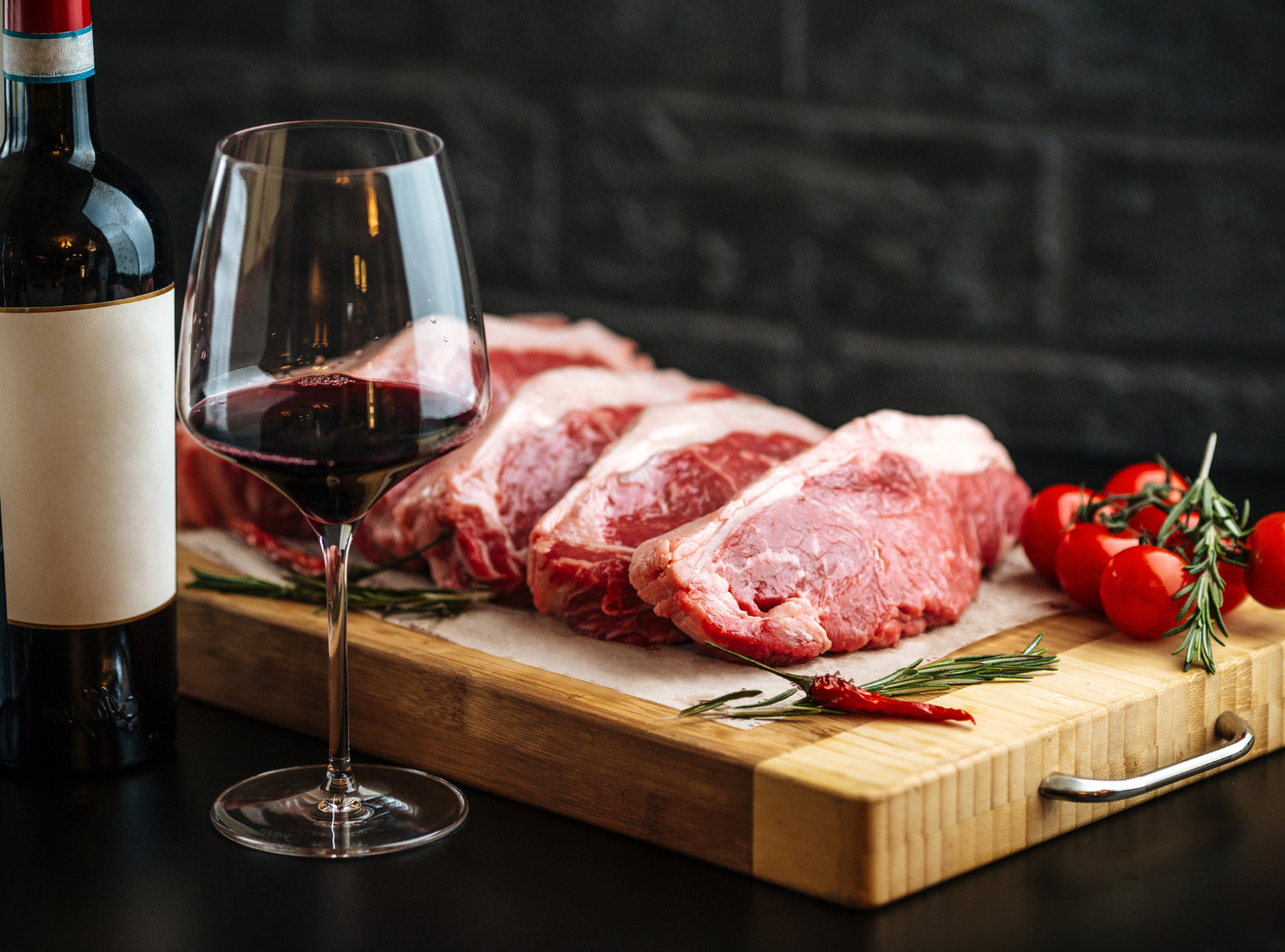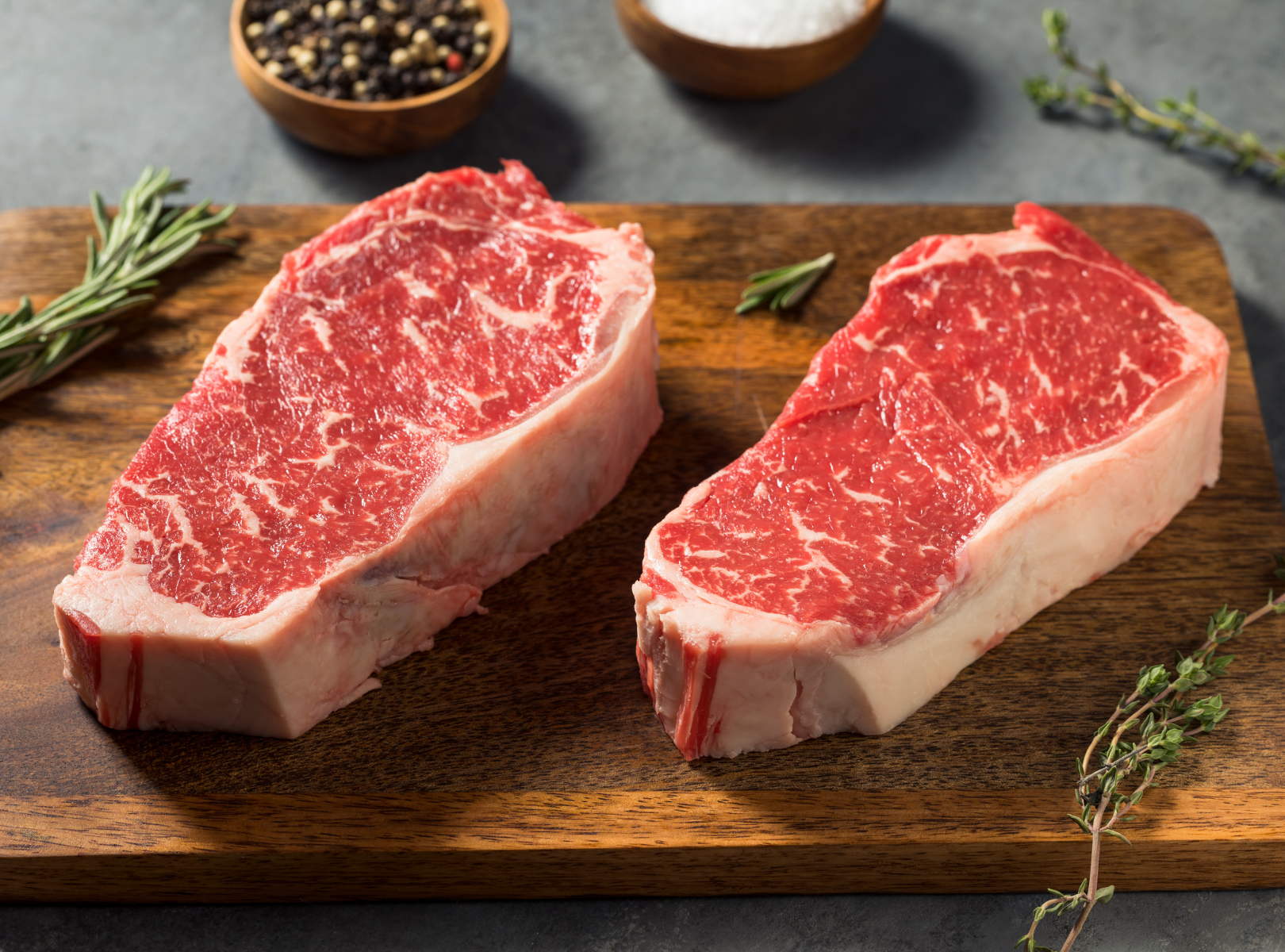Six Myths About Cooking Steak

There are several myths surrounding the cooking of steak that can lead to misconceptions and suboptimal cooking results. Here are a few common myths debunked:
- Myth: Searing locks in the juices of the steak.
- Fact: Searing creates a flavorful crust on the steak, but it doesn't actually seal in the juices. The moisture in the meat is primarily determined by factors like the cut, quality, and cooking temperature. Resting the cooked steak before slicing it helps retain the juices.
- Myth: You should only flip the steak once during cooking.
- Fact: Flipping the steak multiple times during cooking can actually result in more even cooking and a better sear. You can flip the steak as often as you like, depending on your preferred cooking method and desired crust development.
- Myth: You should poke the steak with a fork to check for doneness.
- Fact: Poking the steak with a fork can cause the flavorful juices to escape, leading to a drier steak. Instead, use a meat thermometer to determine the internal temperature for your desired level of doneness.
- Myth: Letting the steak come to room temperature before cooking is essential.
- Fact: While bringing the steak to room temperature can help with more even cooking, it doesn't significantly impact the end result. The temperature difference when searing a cold steak is minimal, so it's not necessary to wait if you prefer to start cooking from chilled.
- Myth: You should wash raw steak before cooking.
- Fact: It is generally not recommended to wash raw steak. Washing can actually spread bacteria from the meat to surrounding surfaces in the kitchen. Cooking the steak to the appropriate internal temperature is sufficient to kill any harmful bacteria.
- Myth: Resting the steak after cooking is unnecessary.
- Fact: Resting the steak after cooking allows the juices to redistribute throughout the meat, resulting in a more tender and flavorful steak. A rest of 5 to 10 minutes is typically sufficient for smaller steaks, while larger cuts may require longer resting periods.
Following proper cooking techniques, using a meat thermometer, and experimenting with personal preferences will help you achieve the desired results.


